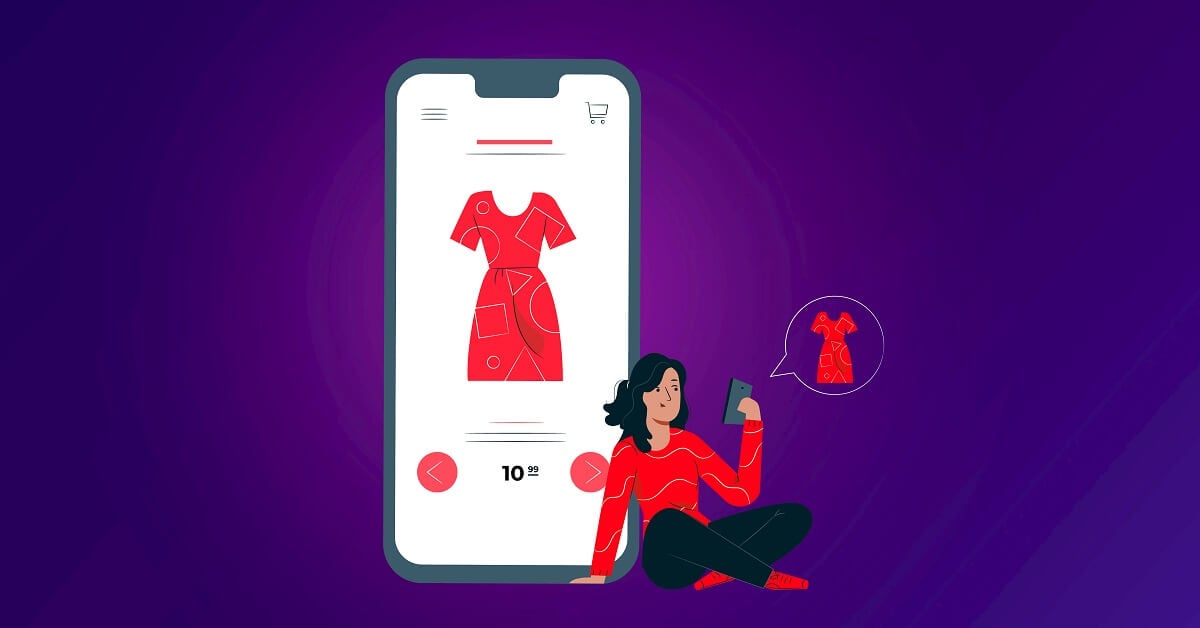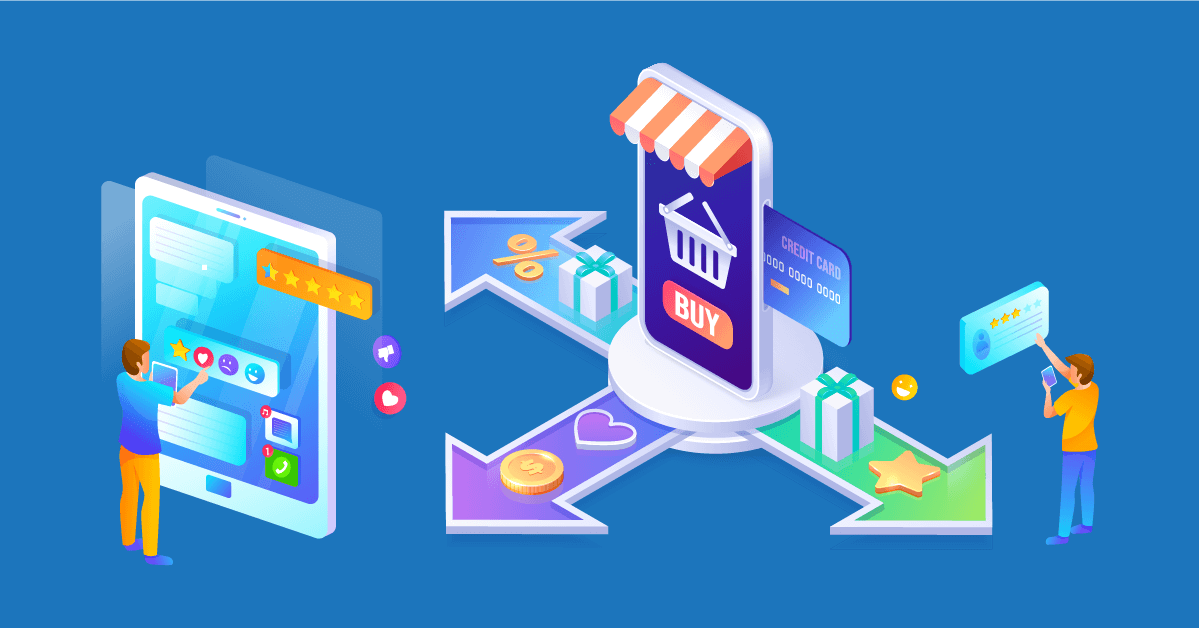Personalization has become a must-have for every marketing strategy to be successful. With the generation of today that knows what they want, how they want to be interacted with and what channels they prefer for a communication, the tactic has become all the more challenging.
Although personalization of web experiences and email marketing campaigns has been in the industry for a while now, there are marketers who are still struggling with personalization of the medium most of their target audience tends to be on all the time – mobile devices.
Smartphones are extremely personal devices that an average user tends to spend most of his time on – for personal or professional use. This brings forward an opportunity for marketers to promote their business’s value proposition effectively.
Personalization in mobile apps
Think about how many times you visited your app store and wondered if there are hundreds of apps that you don’t know of.
The truth is, there are practically thousands of apps being added to the stores – Google and iOS, on a daily basis. This has increased the competition between apps for users and in turn, reduced the average retention rates for each of them.
Here’s what the growth of the iOS app store looks like:

And this is the growth graph of Google Play store:

Smartphone users now have multiple options for just about everything – be it shopping fashion or grocery, puzzle games or note taking apps. This has resulted in them abandoning apps on experiencing the slightest bit of ‘compromised experience.
Don’t believe us? Here’s what the average user retention and churn rate for applications looks like:

Apps across different industries are experiencing an average churn of almost 75% by the 3rd month from the time of download. That’s losing more than half of user base.
The primary reason behind this alarming number being that users don’t feel hooked to the apps and are not able to find a good enough reason to continue using it. There is a lack of engagement and optimization from the app’s end, and hence there is a lack of commitment from the user end.
The only way to counter these high churn rates is to implement personalization and focus on improving the engagement rates in the app.
How to implement personalization in apps
Mobile apps that leverage personalization in defining the user’s experience in the app, experience a higher level of engagement and retention rates. They are even able to leverage word-of-mouth marketing by implementing referral campaigns for their ‘loyal users’.
Here’s taking a look at some ways to personalize your app for users:
1. Personalize the onboarding experience
The first and foremost way to personalize a user’s experience in the app is to customize his onboarding. Take a look into the data points of the installer – the source he came from, what he was looking for, what made him download the app, etc. This will help you create a custom journey within the app that reinforces what your app offers and makes the user feel his preferences are being taken into account.
For instance, Beats asks for some important information from its users based on what they offer. They ask them to share a little about themselves and the kind of music they like, so as to make their first experience of the app extremely customized.
Imagine only being shown the kind of music you like, instead of being bombarded by suggestions that are irrelevant in nature.


2. Implement in-app and push notifications
It is important to maintain a consistent communication with your app users. Be it to notify them of a new feature, recommend an in-app purchase or share tips and tricks that will help them use the app better, touching base often helps in maintaining a good engagement rate.
Implementing in-app notifications helps you create campaigns that will prolong the user’s app session as compared to the average time he spends on it.
And implementing push notifications, helps you bring him back to the app for another session. Push notifications are the best way to remain at the top of their minds at all times and encourage them to interact with your app.

Using tools provided by companies like Wigzo, marketers can create personalized push notifications that are bound to hook the user’s attention and bring him to the app for another session.
But the trick here is, to dig deeper into your user data and find the optimal frequency at wish you should be sending these notifications – and also to ensure that every time you reach out to a user, you’re adding value to them.
Extra tip: Remember to make it easy for the users to opt out of your push notifications if he wishes to.
3. Create an in-app community of users
People are motivated by people and not businesses. Creating a community of your users helps them interact with one another, share their experiences and also find solutions to common glitches together – all without you having to intervene all the time.
Instead of using social media for community management, switch to creating an in-app community. This will help you keep the users on the app for longer durations as well as remove the risk of losing data between two platforms.
Use these communities to offer contextual and personalized content to your users, sharing tips and tricks, and giving them a platform to network with each other – that will further complement their experience in your app, boosting its retention rates.

4. Incentivise a few activities
The one thing that can really boost the motivation of an app user, are incentives. Tap into your user data to understand how they are interacting with your app, where they are losing interest and which aspect you need to give them a little more nudge to interact with.
On identifying the feature there is less interaction on, implement a campaign that offers them a small incentive to complete the desired action. This could be unlocking a special level or a feature for them, or offering gift cards – anything that suits your app goal and marketing budget.
For instance, Siftr Magic here has a program that lets users earn points every time they use the app to share images on WhatsApp.

5. Get the users involved in app improvements
There is nothing like knowing that a business actually cares about your suggestions and feedbacks. Using the right messaging and timing, target your users with a campaign in-app and on social media to send across what they want to see on the app.
Collating the data points from what they provide as an answer, try to incorporate as many of their suggestions in your app. Of course, picking out what’s relevant and possible for you is important as well. But keep them in the loop of your optimization, promise them a better experience every now and then, and see your retention rates soar up.
If you haven’t noticed already, Facebook sends users updates of their apps every now and then. While you don’t see much of it changing every time, their promise to have fixed the bugs definitely helps you feel reassured.
Over to you
Remember the competition in your niche is increasing by the day and the only way to grow sustainably in this market, is to create a loyal base of users. These users shouldn’t just commit to your app and help you monetize from it by converting, but also become your brand advocates in their circles.
What other personalization and growth tactics do you think apps should use?















